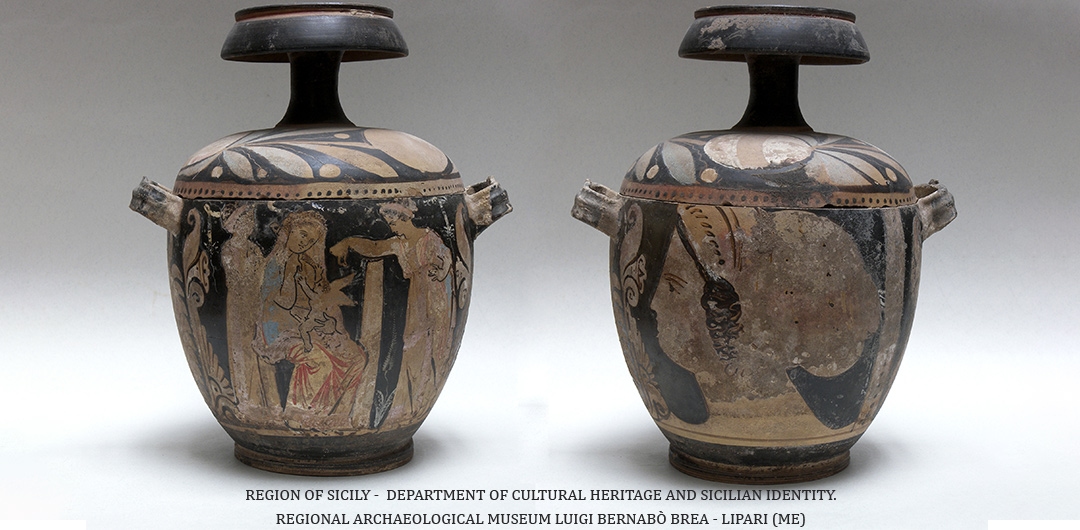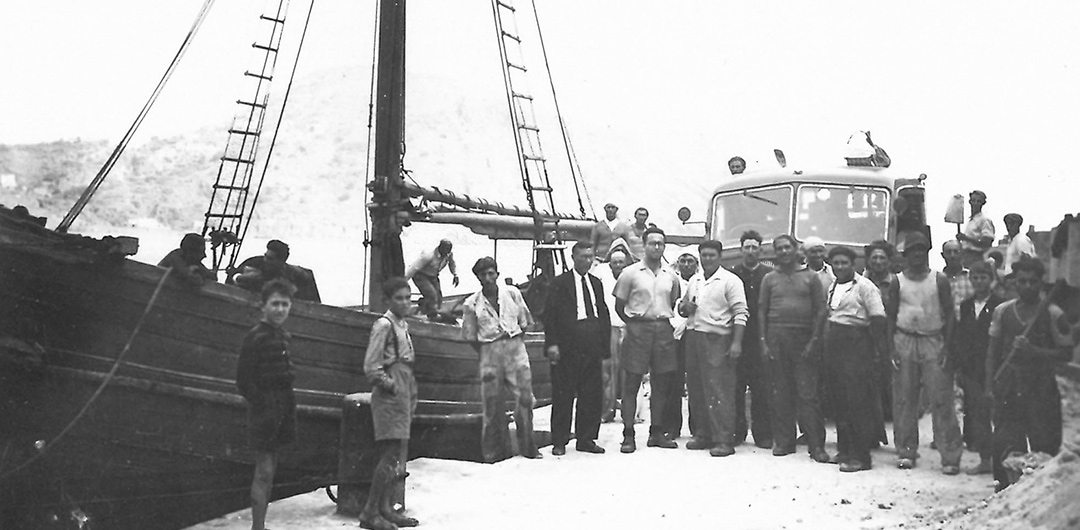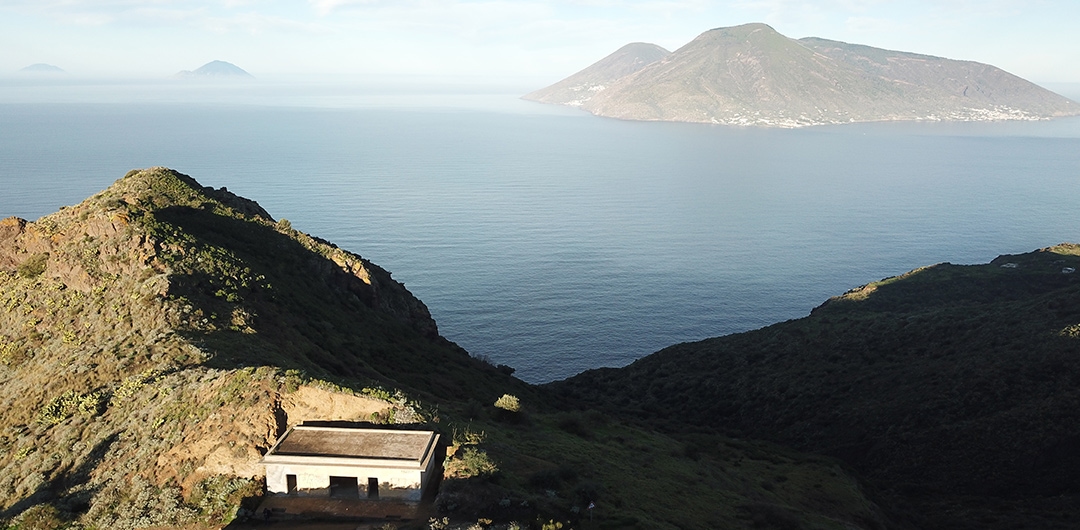The first proofs of the use of the Kaolin in Lipari date back to the Greek Age (4th-3rd century BC) and they are represented by some archaeological remains of daily life which were found in the galleries, such as amphorae, black-painted pottery shards, pots and cups that allowed the beggining of excavation to be established with certainty. The use of Kaolin in this era is clearly visible in the production of terracotta that were coated with a glossy white paint, similar to porcelain, that we can find them in models of theatrical masks and comic statuettes of the New Comedy, or in specimens of figured terracotta like the flower-women, the only ones documented in Sicily, and the flower-silene that were often offered as ex-voto in the churches. Around 300 BC, the Lipari Painter used the mineral for the production of beautiful coloured vases. They had an exceptional polychromy and a very original and unusual character. From the white kaolin mixed with the clay comes the light colour of its vases, on which he painted figures in bright colours, for the use of streaks of the impure mineral due to the presence of iron, manganese and sulphur.



